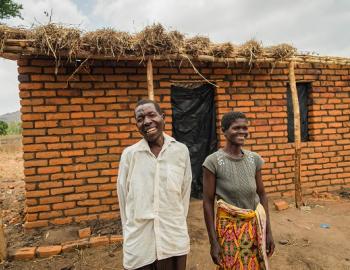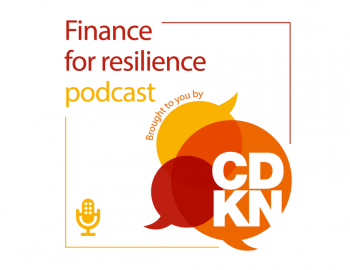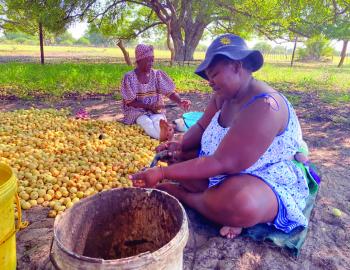Inside Story : Understanding the risk of flooding in the city: The case of Barangay Potrero, Metro Manila
Inside Story : Understanding the risk of flooding in the city: The case of Barangay Potrero, Metro Manila
Malabon City is in Metro Manila, the National Capital Region of the Philippines. It is part of a sub-region called CAMANAVA (composed of the cities of CAloocan, MAlabon, NAvotas and VAlenzuela) located in the northern part of Metro Manila Bay and situated in the estuary of several river deltas. Malabon is one of the most densely populated cities in the country and its low-lying, flat terrain makes it prone to frequent flooding, especially during high tides, heavy rains and when river and dams overflow. The four cities in CAMANAVA are commonly affected by interconnected rivers, one of which is the Tullahan River.
The river system used to be navigable and fishing was the major livelihood activity in the area. The river used to be wider, deeper, had better quality water and was a regular source of different species of fish, which were an important food source for local residents. Also, trees and crops like palay (rice) and vegetables used to be grown along the riverbanks. However, these agricultural plots have been replaced by industrial yards, which also became home to thousands of informal settlers who built make-shift dwellings without legal claim to the land.
In recent years, floods have worsened, occurring more frequently and reaching levels of several feet deep. Most affected are families in the communities that are along or near the riverbanks. The river has become narrower and shallower over the years, and its capacity to hold water has decreased. With more frequent intense rains, the riverbanks flood regularly and flooding reaches farther into low-lying and densely populated areas of the city.
Key messages:
- Dialogues among neighbouring local government units as facilitated by the Partners for Resilience (PfR) programme can be used to address disaster risk reduction (DRR) and climate change adaptation holistically, especially for transboundary concerns such as river basin management.
- The involvement of various levels of government – from national to subnational and even including village leaders – will yield more positive results. Participation of multiple stakeholders with varying exposure to and understanding of particular issues, such as flooding, can generate action.
- Climate and weather forecasts and other related information issued by the national meteorological agency should be customised and localised for better understanding, access and use by communities
Read the full Inside Story here.
Picture: Department of Foreign Affairs and Trade



